
HONOULIULI INTERNMENT CAMP
OAHU - WWII

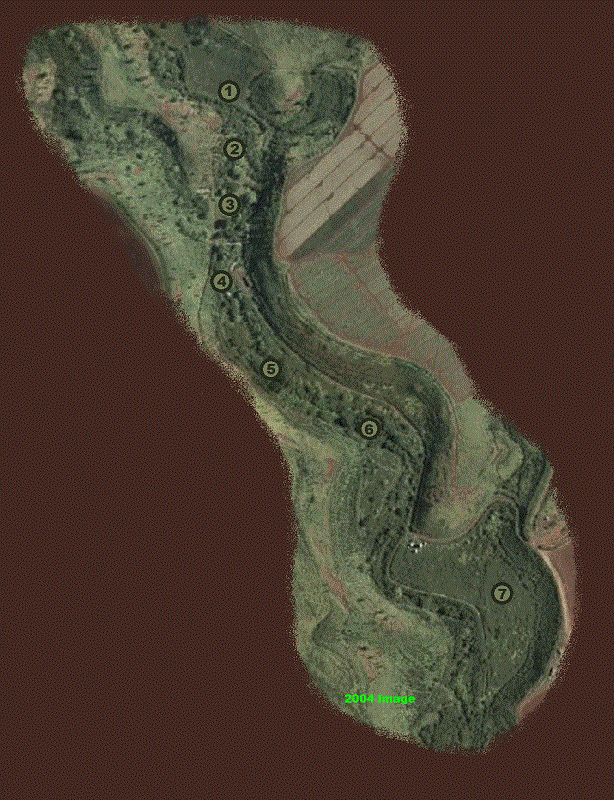
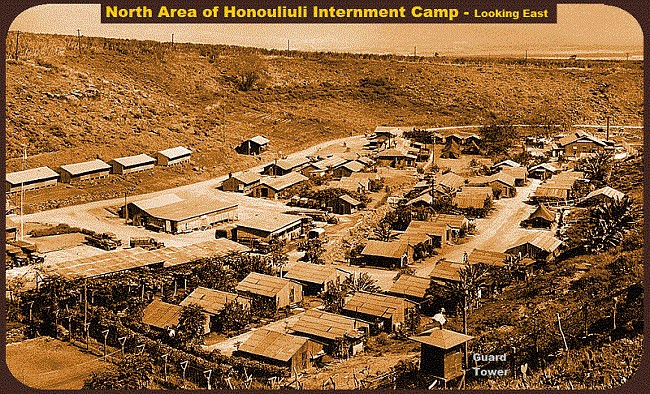
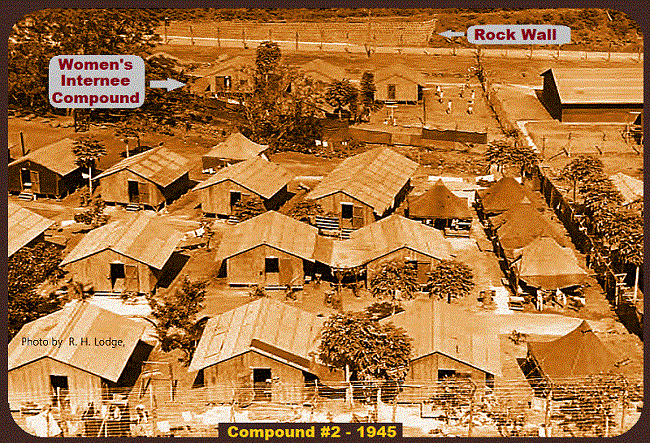
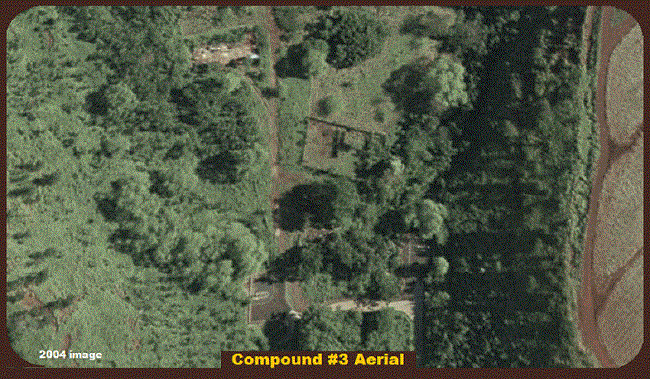
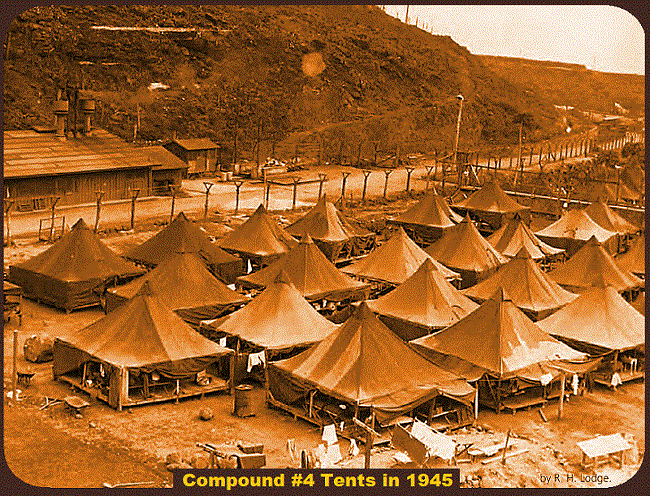



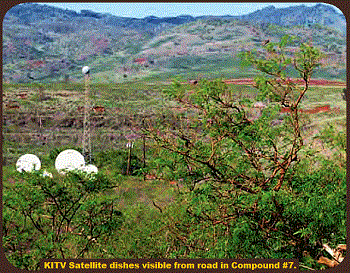

The Honouliuli Internment Camp,
opened in 1943, replacing a smaller
facility on "Sand Island", and closed in 1946.
The internment camp held 320 internees and
became the largest prisoner of war camp in Hawaii
with nearly 4,000 individuals being held.
Of the seven sites that were associated with the
history of internment in Hawaii during World War II,
the camp was the only one
built specifically for prolonged detention.
The camp was designated the
"Honouliuli National Monument"
on February 24, 2015.
opened in 1943, replacing a smaller
facility on "Sand Island", and closed in 1946.
The internment camp held 320 internees and
became the largest prisoner of war camp in Hawaii
with nearly 4,000 individuals being held.
Of the seven sites that were associated with the
history of internment in Hawaii during World War II,
the camp was the only one
built specifically for prolonged detention.
The camp was designated the
"Honouliuli National Monument"
on February 24, 2015.
Honouliuli was divided into
seven compounds:
one compound for
administration and guards,
one for civilian internees,
and
five compounds
for prisoners of war.
seven compounds:
one compound for
administration and guards,
one for civilian internees,
and
five compounds
for prisoners of war.
The civilian compound
was further divided into sections
for male civilian internees
of Japanese ancestry,
female civilian internees
of Japanese ancestry,
and civilian internees
of European ancestry.
Historic documents indicate there
were 175 buildings, 14 guard towers,
and over 400 tents among
the 7 compounds on 160 acres.
Many internees referred to Honouliuli
as Jigoku-Dani (Hell Valley)
because its secluded location
at the bottom of a deep gulch
trapped heat and moisture
and reinforced the internees'
sense of isolation and
unjust confinement.
was further divided into sections
for male civilian internees
of Japanese ancestry,
female civilian internees
of Japanese ancestry,
and civilian internees
of European ancestry.
Historic documents indicate there
were 175 buildings, 14 guard towers,
and over 400 tents among
the 7 compounds on 160 acres.
Many internees referred to Honouliuli
as Jigoku-Dani (Hell Valley)
because its secluded location
at the bottom of a deep gulch
trapped heat and moisture
and reinforced the internees'
sense of isolation and
unjust confinement.
Honouliuli was also
a major Prisoner of War camp
where selected
Japanese Prisoners of war
were screened and the selected
sent to a Top Secret
POW Camp at Iroquois
Point, Ewa Beach
a major Prisoner of War camp
where selected
Japanese Prisoners of war
were screened and the selected
sent to a Top Secret
POW Camp at Iroquois
Point, Ewa Beach
SHPD Historic
Site Number: 80-08-9068
National Register of
Historic Places: #09000855
The Honouliuli Internment Camp
contains over 110 features
related to the incarceration of
American civilians, resident aliens,
and prisoners of war
during World War II.
The site is in a hidden gulch
surrounded by agricultural fields.
Contributing resources include
the intact standing buildings,
numerous building foundations,
rock walls, fence remnants,
artifact scatters, and other features.
Site Number: 80-08-9068
National Register of
Historic Places: #09000855
The Honouliuli Internment Camp
contains over 110 features
related to the incarceration of
American civilians, resident aliens,
and prisoners of war
during World War II.
The site is in a hidden gulch
surrounded by agricultural fields.
Contributing resources include
the intact standing buildings,
numerous building foundations,
rock walls, fence remnants,
artifact scatters, and other features.
Honouliuli Internment Camp
is significant for its association
with the internment of
American citizens
and long term resident aliens,
as well as prisoners of war
during World War II.
Two prominent citizens,
both members of the
Hawaiian state legislature,
were interned at Honouliuli.
It is also significant as
a site that embodies the distinctive
characteristics of a prison camp
and for its potential to provide
more archaeological information
about the administration
of an internment camp and
how, in their everyday lives,
people coped with their confinement.










